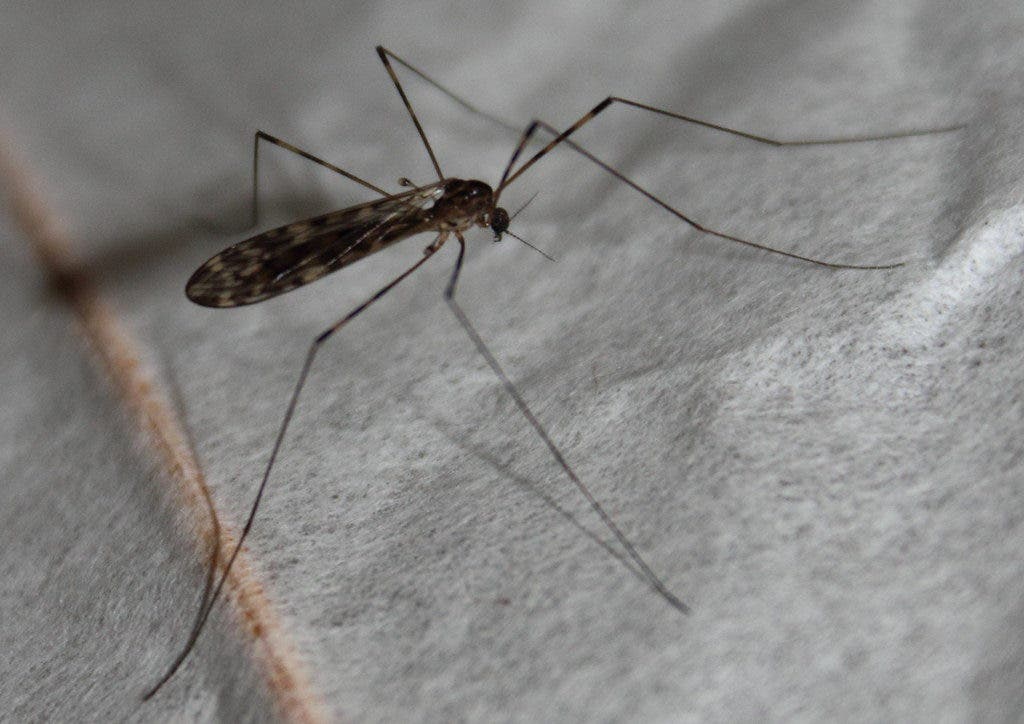Highly flexible and used to build solar cells, graphene is often praised for its mechanical and electrical properties. A team of researchers has now discovered that graphene is also a powerful mosquito repellent, opening the door to anti-mosquito graphene-lined clothing.

The study, published in the Proceedings of the National Academy of Sciences, found that graphene blocked the chemical signals that draw mosquitoes to other living beings in the first place. It’s not only an effective barrier but also changes the mosquitoes’ behavior.
“With the graphene, the mosquitoes weren’t even landing on the skin patch — they just didn’t seem to care,” said Cintia Castillho, who is the study’s lead author. “We had assumed that graphene would be a physical barrier to biting, through puncture resistance, but when we saw these experiments, we started to think that it was also a chemical barrier.”
Graphene is a 2D material made from a single layer of carbon atoms arranged in a two-dimensional hexagonal lattice. It’s lightweight but 100 times stronger than steel and has been used in everything from wearable blood sugar monitoring patches, bike tires with adaptable grip, and even mind-bending optical illusions.
When coating a thin piece of fabric with the two-dimensional hexagonal lattice, researchers found that mosquitoes couldn’t generate enough force for their proboscis — the needle-like mouthparts that penetrate the skin — to get through. Oddly enough, researchers also observed that graphene blocks the chemical signals that attract mosquitoes in the first place.
The material used in this study was an effective mosquito deterrent only when it was perfectly dry. When it got wet, its force field properties were significantly diminished. To get around this, the researchers found that another form of graphene oxide with a reduced oxygen content was effective against mosquitoes when wet or dry.
Nevertheless, changing the ingredients also meant the material was no longer breathable. So, the next step for the research team is to find a way to stabilize the regular graphene oxide protective layer so that it’s resilient against all conditions—wet or dry—while actually being comfortable to wear.
“Our preferred embodiment of this technology would be to find a way to stabilize GO mechanically so that remains strong when wet. This next step would give us the full benefits of breathability and bite protection,” said Robert Hurt, a professor in Brown’s School of Engineering and senior author of the paper.


